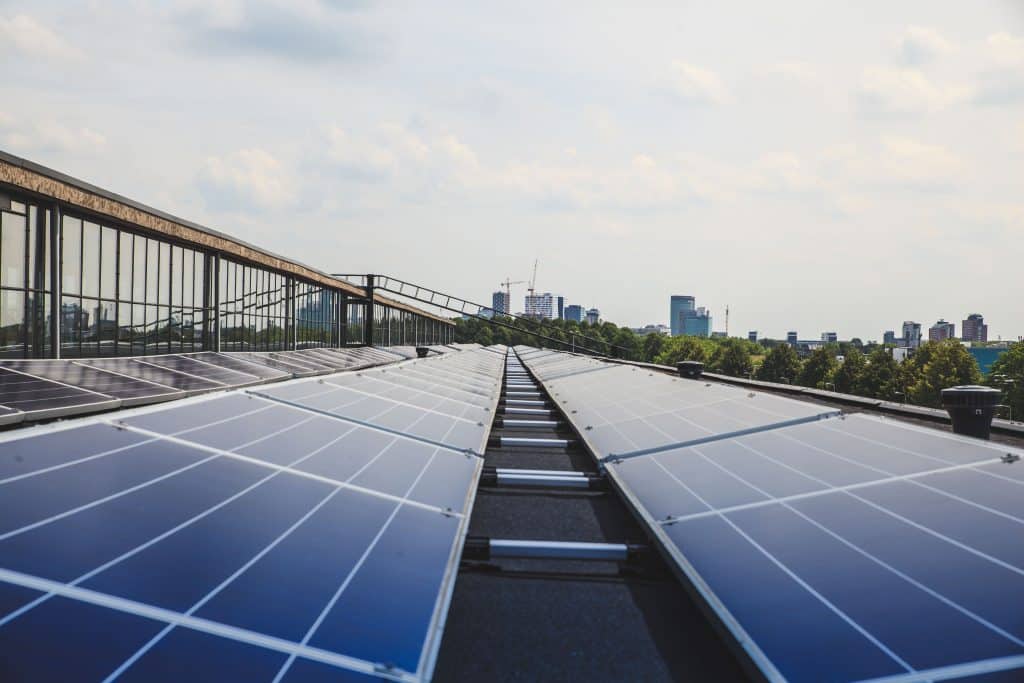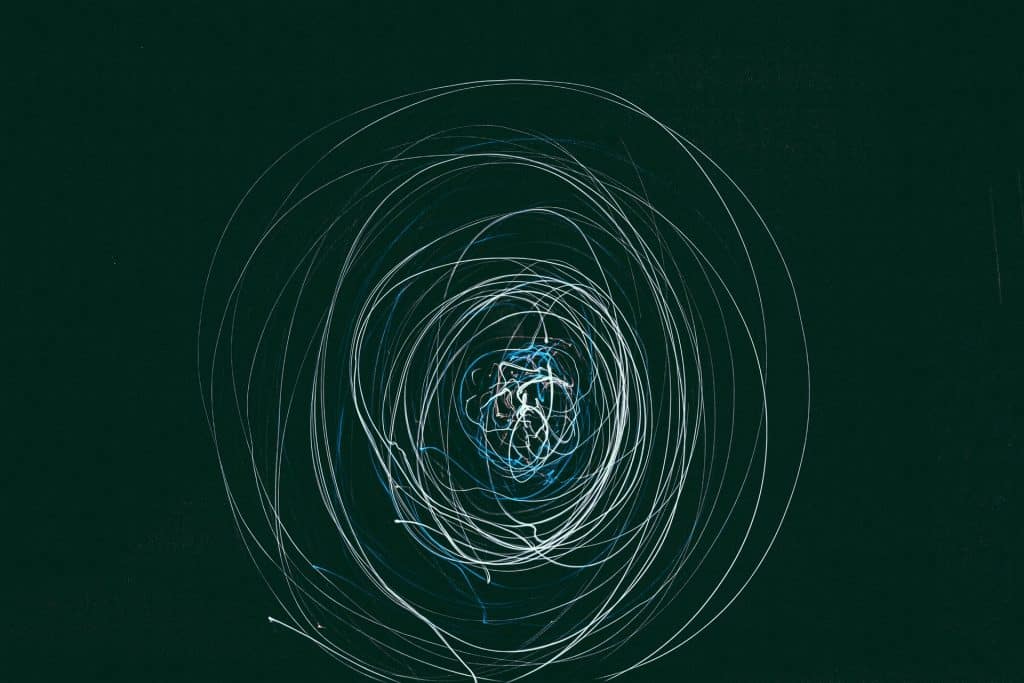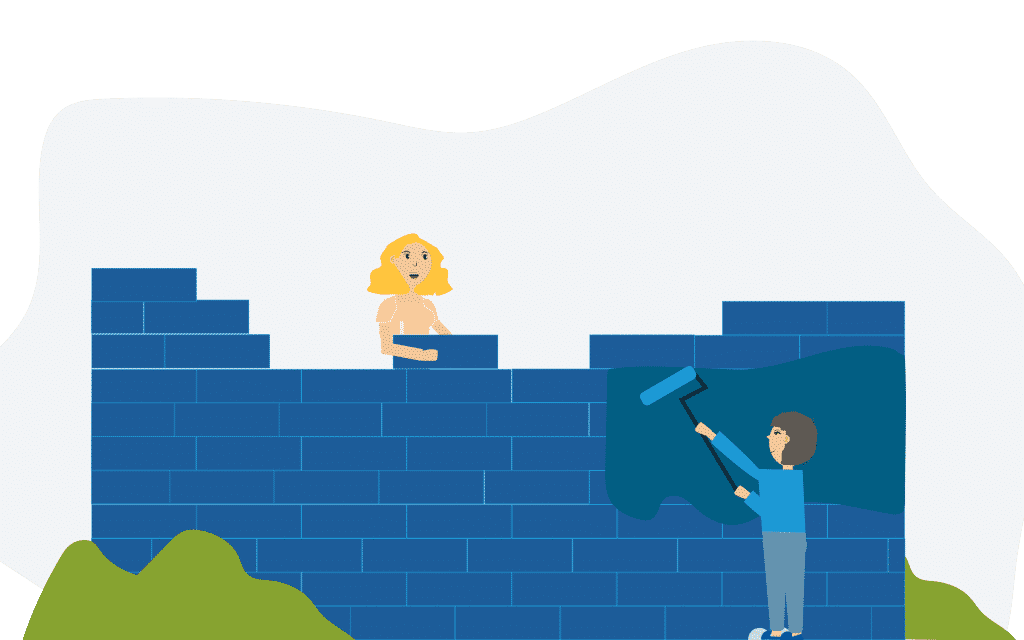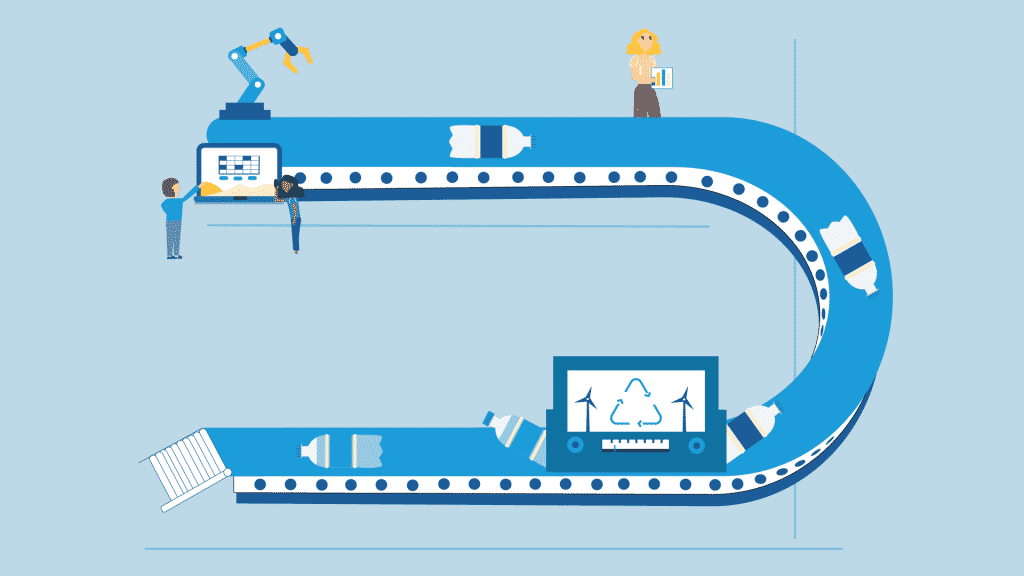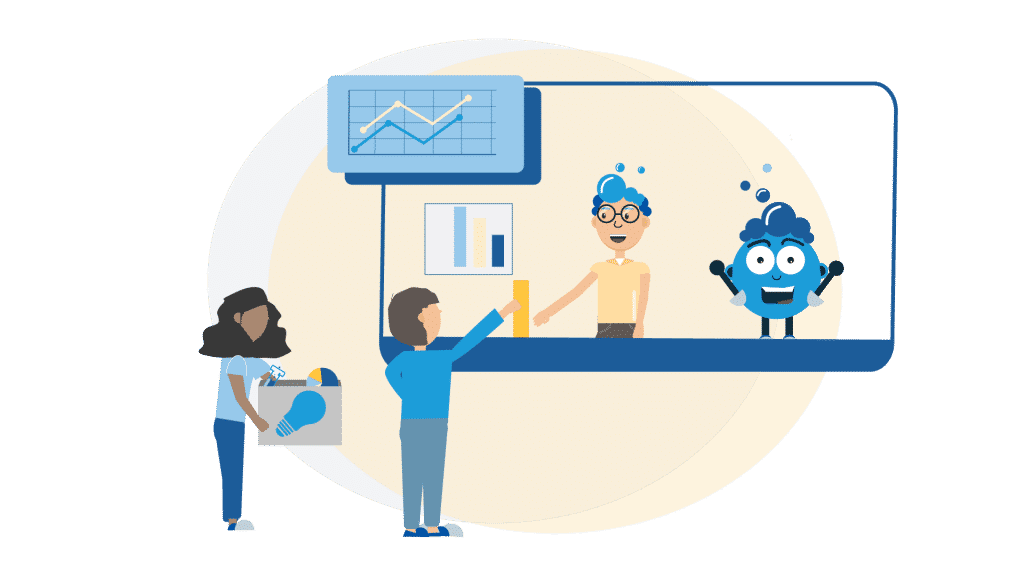Salonit Anhovo and Interenergo sign an agreement on the construction of one of the largest rooftop solar power plants in Slovenia.
Today, on the 31st of August, Salonit strengthened its ambition to become a carbon-free cement production plant by signing an agreement with Interenergo for the construction of one of the largest rooftop solar power plants in Slovenia. The solar power plant will produce 2,120 MWh of electricity annually and has a peak power of 2,2 …

